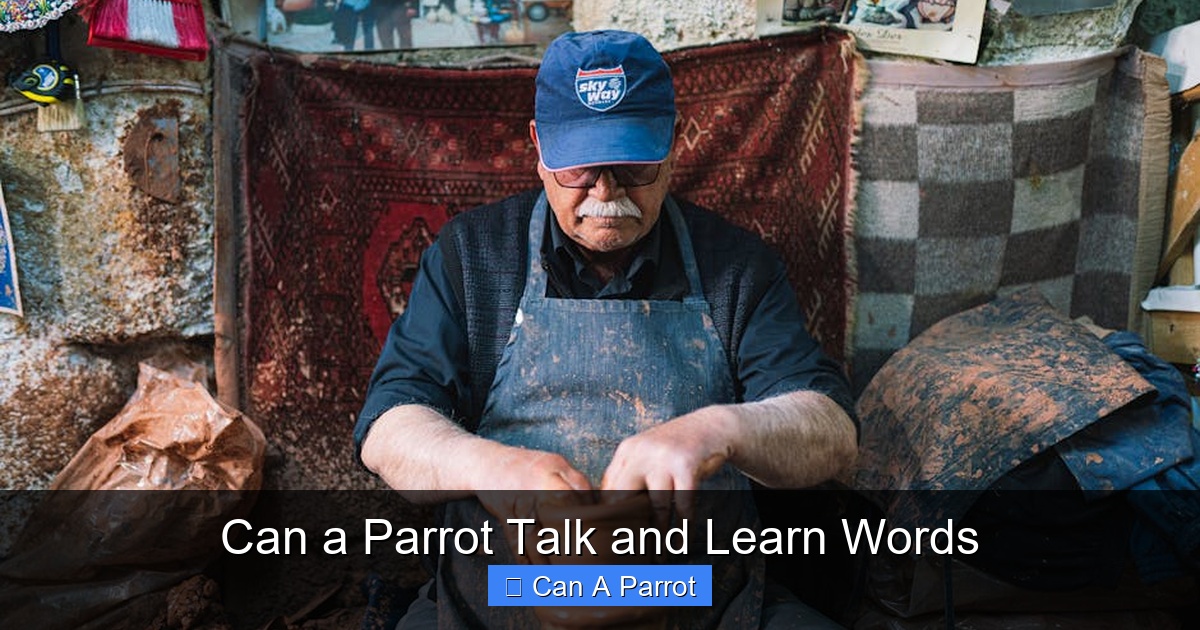
Featured image for this comprehensive guide about can a parrot
This is a comprehensive guide about can a parrot.
Frequently Asked Questions
What is can a parrot?
can a parrot is an important topic with many practical applications and benefits.
How can can a parrot help me?
Understanding can a parrot can improve your knowledge and provide practical solutions.
